Have criminal courts become the new party zone? You might well assume that considering the regularity with which Page Three People arrive there, complete with designer shades and paparazzi mobs. Or bereft of make up and hair colour when their wheedling and deals have come to naught finally — and they have to slouch into jail.
The terminally glamorous Bhagat sisters, Sheetal and Poonam, continue to keep the tabloids in hyperventilation — and no less the serious press. The laws which they have broken with supreme arrogance seem incapable of catching up with Vijay Mallya and Lalit Modi. Big Bulls did see the inside of a prison for their illegal killing on the stockmarket. To our greatest salivation, celebrities haven’t shied away from real gore. They’ve bloodied themselves with bodies chopped into pieces, stuffed into suitcases, half burnt and thrown into ravines or found cellophane wrapped and floating in a gutter. Think of the artistic Upadhyays; Hema ended up in a carton, and Chintan as the prime accused. But when we think of the way the rich and famous use every lever of influence to avoid arrest, the immediate and most chilling recall is that of Indrani and Peter Mukerjea.
However, think again. This isn’t the textbook case. The master class was conducted nearly six decades earlier.
On 27 April 1959, when the dashing Parsi Commander Kawas Nanavati pumped three bullets from his .38 Smith and Wesson revolver into the Sindhi playboy businessman, Prem Ahuja, it triggered an outcome yet to be outdone. Never before or since have such heights of power been so unabashedly coopted; never before or since has an accused murderer alchemised into a hero, swooned over and worshipped by frenetic crowds. Never before or since has a case embedded itself so firmly in the national imagination. Yet, its origin was just everyday adultery. That Mrs Sylvia Nanavati was pretty and English added its own layer to that unmatched mille feuille.
For the longest time, Nanavati’s influential friends managed to keep him out of jail, and in the end he really did get away with murder. By the time the case wound its incredible way through the courts, even the Prime Minister of India had to wade into the roiling waters. The bulwark comprised Parsi lawyers, then the creme de la creme of Bombay’s — and arguably India’s — legal fraternity. Nanavati’s own paternal uncle, Dhunjishaw, was a senior partner of the storied legal services firm of Mulla and Mulla. But even without ties of blood or community, the firm would still have deployed its top brain SR Vakil to advise the defence team headed by the formidable and flamboyant criminal lawyer, Karl Khandalavala. The Navy was also its client, and had phoned rightaway, asking Mulla and Mulla to ensure that Nanavati be pulled out of police lock up and entrusted to the more manageable naval custody.
It didn’t stop at a phone wires and string pulling. The Admiral of the Indian navy himself had flown down from Delhi in an official Canberra jet, and arrived at the Sessions court, sirens wailing, to give the Navy’s blue-eyed commander a character certificate. This too had never happened before or since.
Read an excerpt from In Hot Blood, on Firstpost
Nanavati managed to remain in the comparative comfort and easy access of the detention quarters of the INS Kunjali for a year and five months despite the fact that his was an unqualified civil crime, and, more significantly, despite being declared guilty by the Bombay High Court. The warrant of arrest to put Nanavati in jail for life couldn’t be served on him because — hold your breath — the state’s Governor had issued an unprecedented order staying the sentence ’till the appeal is disposed of’. The appeal hadn’t even been filed because the order had come within four hours of the sentence being passed.
But the level of influence had to be much higher for such an ‘unusual and unprecedented’ directive. It went all the way up to the Defence Minister, VK Krishna Menon, under whom Nanavati had served as naval attache at the Indian High Commission in London. He pompously told The New York Times correspondent Max Lerner that he had brought pressure to bear on the Central government so that ’the stain of turpitude should not destroy the career of a promising young officer.’ There were rumours of more clandestine undercurrents (the film Rustom turned on one of them), but none have come anywhere near credibility.
No less a personage than Pandit Nehru had to take time off from his many preoccupations in 1960 to step in. He had to mollify a Parliament outraged by such an arrogant interference with the judicial process just to favour a man of power and influence. It didn’t stop there either. A Constitution Bench of the Supreme Court, presided over by the Chief Justice of India, had to sit to interpret the relevant articles of the Constitution delineating the powers granted to the governor vis-a-vis those assigned to the judiciary. Difficult to believe that the time and energy of such eminences had to be taken over on account of what was not just a murder case, but one stemming from mere adultery.
However justice stayed its course, unmoved by the atmospherics, neither by the flex of political, naval and legal muscle, the high decibel campaign of the weekly Blitz, nor the en masse support of the public shouting ‘Nanavati Zindabad!’ and almost bringing down the courtroom’s gallery with the overcrowding. Nanavati’s appeal was turned down, and he finally had to go to Bombay’s Arthur Road Jail. But the powerful Parsi lobby, Russy Karanjia’s Blitz-kreig and his political godfathers in Delhi wrangled an executive pardon within three years. In fact, when it was handed to him, he was already on parole on health grounds, sequestered in a Lonavla bungalow. Soon after, this influential conglomerate helped get him out of the country itself. Kawas, Sylvia and their three traumatised children managed a fast-track immigration to Canada.
After this case, in every decade, elite mafias would continue to try to subvert the judicial system, but L’affaire Nanavati still stands above the sordid rest. A class apart — every which way.
In Hot Blood: The Nanavati Case that Shook India by Bachi Karkaria is available in bookstores and on www.juggernaut.in


)




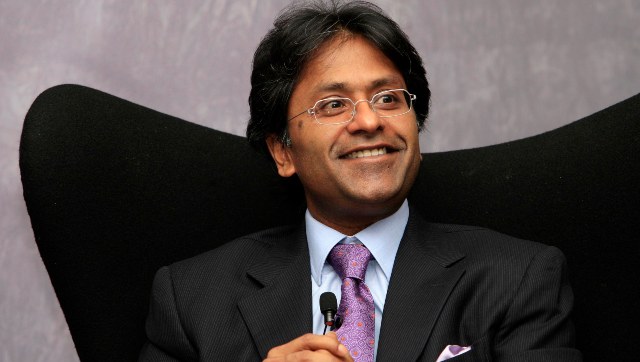)
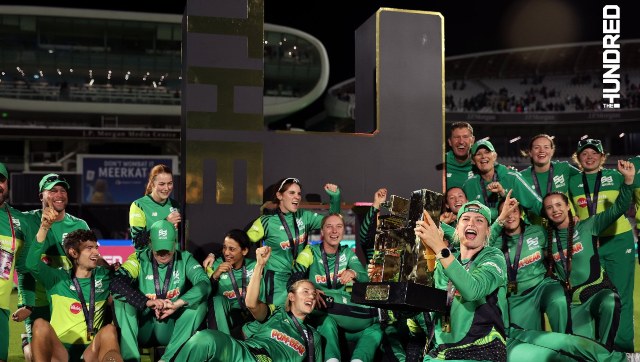)
)
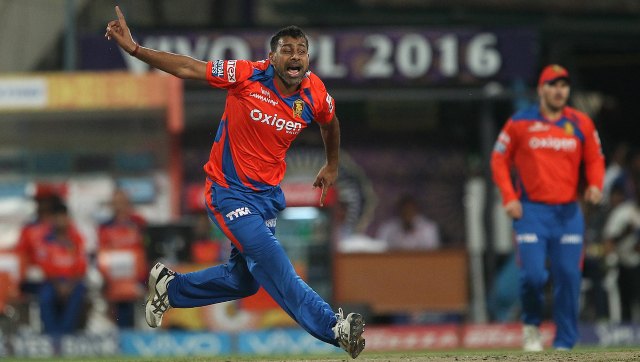)
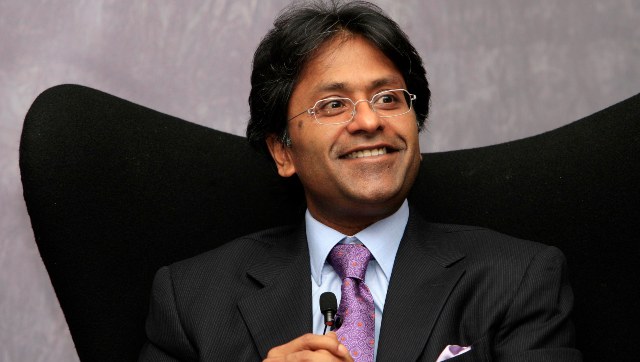)
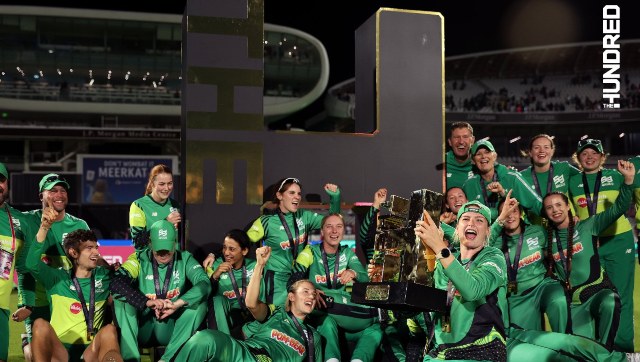)
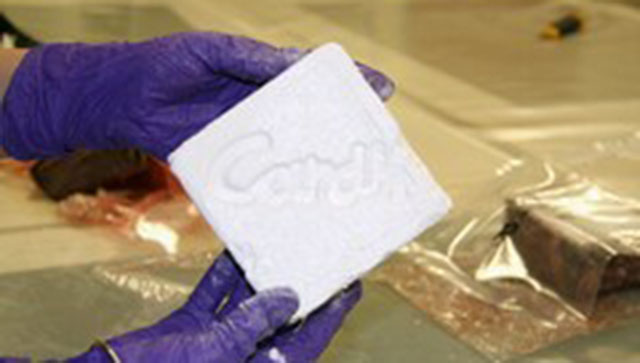)
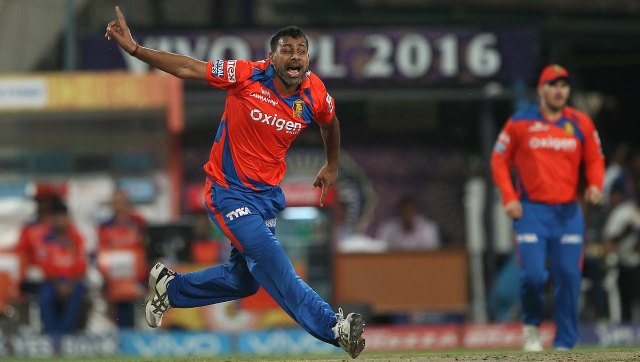)